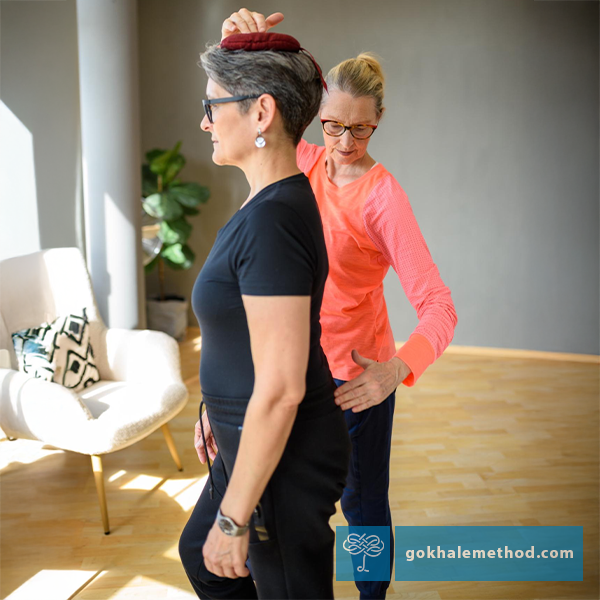Over the decades that our students have gotten out of pain by learning the Gokhale Method®, it has become clear that healthy glutes are essential in this. Well-functioning glutes hold the key to unlocking many poor postural habits, and contribute to better biomechanics and movement. Good glute function will often solve pain and enable healing in apparently unconnected areas of the body. Let’s take a look at some of the common, and sometimes surprising, aches and pains that respond to our glute training…
Gokhale Method Success Story: Michael Ram
I developed excruciating lower back pain in 2001. I was a tennis player, downhill skier, and a marathon runner. I was also under a lot of financial pressure in a stressful job as a consumer class action lawyer.
My doctor diagnosed me with a herniated disc at L4-L5. He said that a piece of my disc was sitting on the nerve. I tried everything to stop my pain but nothing worked. In January 2002 I underwent a laminectomy which removed some of the vertebral bone next to the herniation to make room for the nerve root.


